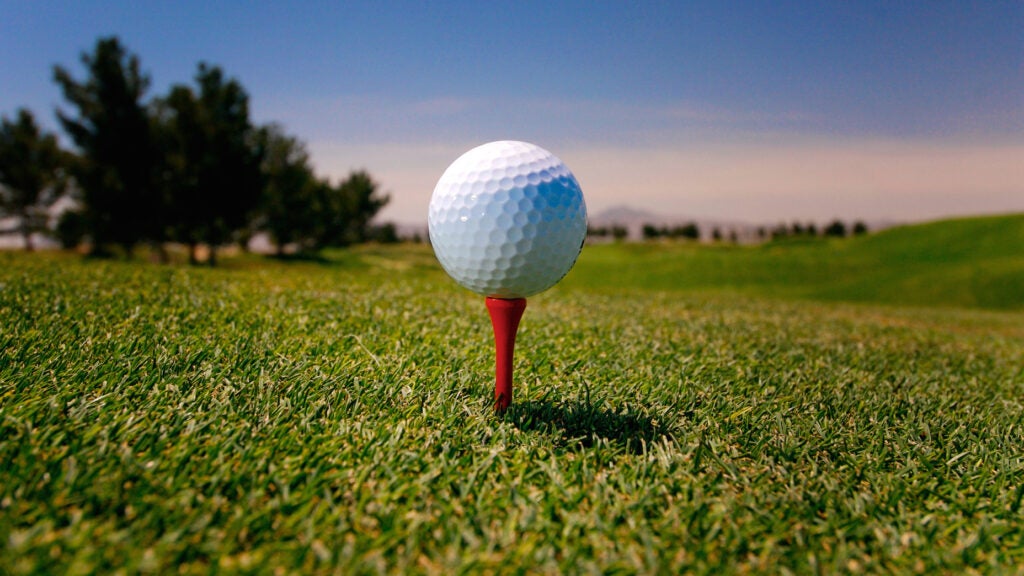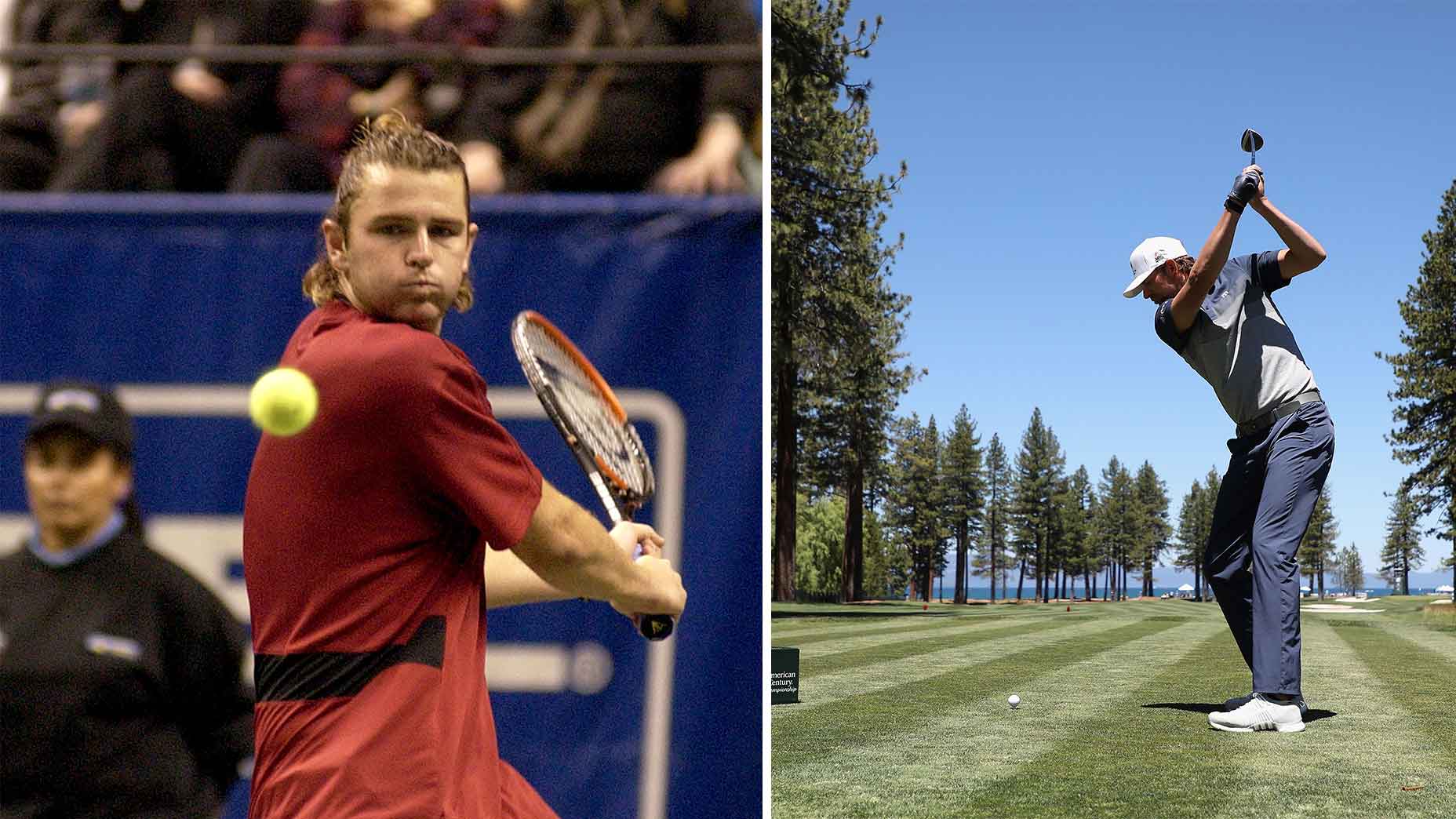
Does the type of your golf tee matter?
Getty Images
Picking up distance with your driver can be expensive, time consuming and tiresome. Although the effort and purchases you make can reap huge benefits, not everyone has the motivation and dedication necessary to gain distance.
How about something a bit easier and less expensive to hit it farther?
According to Gene Parente, founder of Golf Laboratories and the foremost robot-testing expert in the golf industry, certain golfers can actually pick up 2-4 yards of distance just by using different tees.
For three-plus decades, Parente has made his living as an independent and unbiased tester of golf products. He tests club heads, shafts, golf balls and tees for his clients, and has developed robot technology that’s used by many of the game’s major OEM’s and governing bodies. When it comes to hard goods, he’s seen and tested it all.
Given the precision and repeatability of his golf robot, Parente helps find the truth behind the performance of golf products.
On GOLF’s recent Fully Equipped podcast, Parente joined the show as a guest to announce his collaborative partnership with GOLF.com, and he dropped a number of gems that amateur golfers will find mind-blowingly intriguing. (Check out the entire podcast interview with Parente in the Spotify embed below.)
For one, golf tees apparently do matter.
The standard wooden or plastic tee that most golfers use measures just under 0.5 inches in diameter. The tees have a slight bowl shape on top that the golf ball rests in, ensuring it doesn’t fall off before or during the swing.
Most golfers don’t think twice about the tee they’re using. A tee is just a tee, right? Well, sometimes it doesn’t matter, but not always.
Depending on your angle of attack with a driver, tees can make a marginal difference on spin and distance.
It’s all about friction. For golfers who hit up on the ball at impact (positive angle of attack), the ball lifts cleanly off a traditional tee, thus reducing friction between the golf ball and the tee. That means no matter what tee is used, there’s no measurable difference in spin or distance between tee styles.
But for golfers who hit down on the ball with their driver (negative angle of attack) — which is most amateurs — the golf ball drives into the front portion of a traditional tee at impact and increases friction. As the ball collides into the tee, it adds spin and, typically, reduces distance.
“Tees do matter,” Parente said. “I know there’s going to be a lot of eye rolls when they hear that, but hear me out. … If you’re hitting down on the ball, what we found is the less surface area on the golf ball means the less friction, means less backspin, and that less backspin can equate to about 2-4 yards.”
To reduce friction and spin, and gain distance, Parente says using tees with less points of contact on the golf ball will provide real results.
Parente has to stay unbiased and neutral given his role in the industry, so he couldn’t name-drop any specific brands, but he suggests trying to find tees with “prongs” at the top, and you’ll be “happy with your purchase.”
So, next time you’re shopping for tees in a local pro shop or big box store — especially if you’re a golfer who hits down on the golf ball — try looking for tees that will reduce the contact points between the tee and the golf ball. You’ll pick up distance without changing anything in your swing at all.
Want to overhaul your bag for 2022? Find a fitting location near you at GOLF’s affiliate company True Spec Golf. For more on the latest gear news and information, check out our latest Fully Equipped podcast below!











